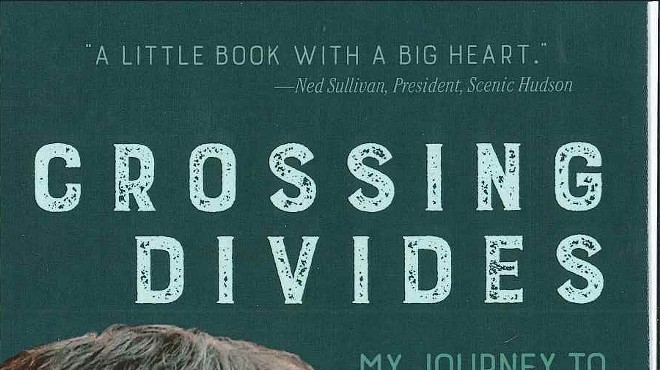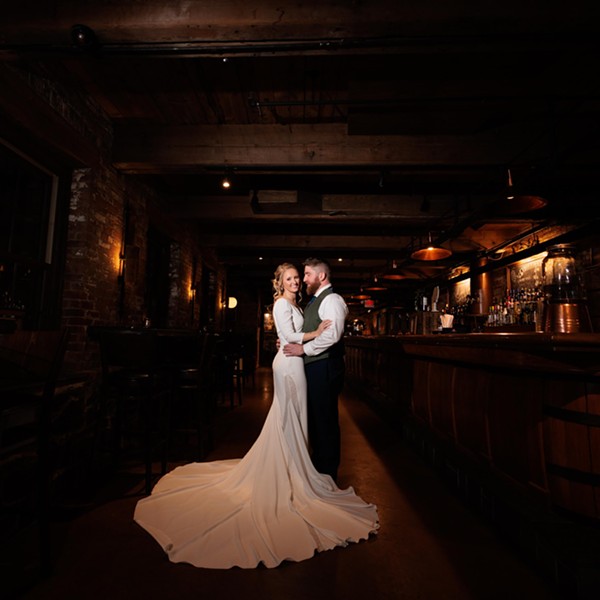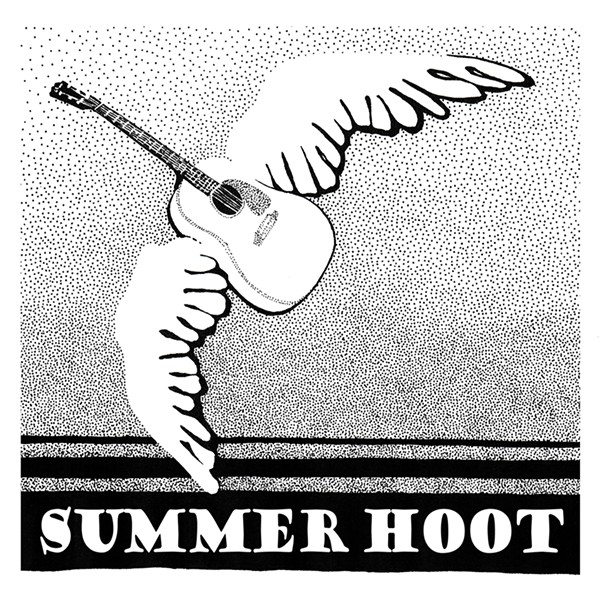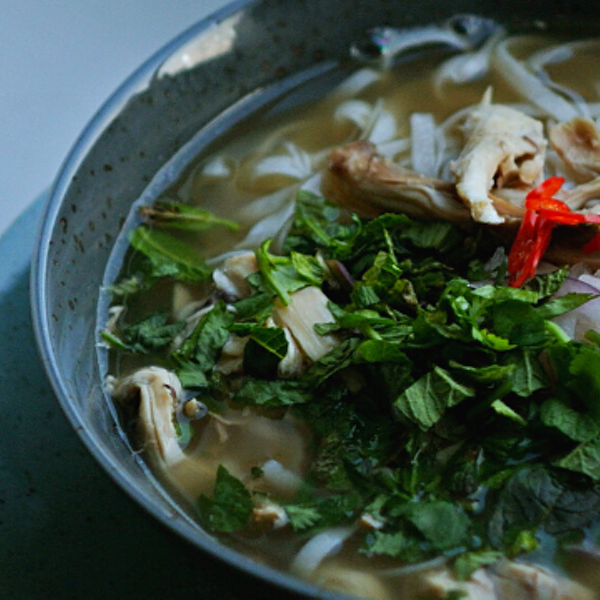As much as anything, it was the “30-30-30-10” rule that sent Mike Gordon on a food pilgrimage to Thailand. That’s the axiom of restaurant economics Gordon learned as a student at the Culinary Institute of America more than 15 years ago. Roughly 30 percent of your income goes into food costs, 30 percent into labor and 30 percent into overhead. What’s left, that’s yours. Maybe.
“Do everything by the book, and you make 10-percent profit,” Gordon explains. “You’re investing 200 grand in a business. If you’re lucky, and no one’s stealing from you or throwing meat in his car or robbing the register, you might make 10 cents on the dollar. That’s pretty tight.”
So as Gordon rose from dishwasher to chef through a succession of Albany, New York, restaurants, he took careful notes and gathered one essential fact. Most of the restaurants that succeed are either really big or really small. In a very competitive world, independents—who can’t advertise as much as the chains and can’t bargain with mammoth food distributors like SYSCO—have a tougher row to hoe. This is not a problem if you haven’t known since you were eight years old that you wanted to be a chef, and if the need to create and serve innovative food isn’t in your blood. But for Mike Gordon, who fantasized about owning his own place, it was a definite problem.
A problem he solved, inadvertently, by going broke and getting mobile. In 1999, Gordon’s marriage fell apart, he lost custody of his kids and, struggling with a drinking problem, he got fired, all within a few months. Just as he hit bottom, he found himself in love with a woman named Susan. The day he was driving north to Keene Valley, New York, to move in with her, Gordon passed a hot dog stand on the highway that cuts through the Adirondacks. “You know, I could do that,” he told himself. “But I would do it with a fish fry.”
This would normally be an incongruous thought for a CIA-trained chef, but Gordon was on the rebound. As it turned out, Susan knew the hot-dog guy, and he in turn knew someone with a fully-equipped Airstream restaurant trailer and an old Ryder van to pull it and carry supplies, all for sale at $16,000. Of course, that was money Mike didn’t have. But Susan did. Well, she had a credit card at least, and volunteered to charge the whole shot for him—cash advance.
There’s a big truck turnaround at the intersection of routes 9N and 72, not far from Lake Placid, and that’s where Gordon set up: “I bought a big generator. I hung up Christmas lights, and had a 500-watt halogen light bulb shining on the side of the Ryder truck: Mike’s Fish Fry—One Bite and You’re Hooked. You could see it from a mile away.” And with the location came a built-in clientele. “All the skiers would come off Whiteface Mountain at four o’clock, starving, and the word got out I had home-cooked food that was cheaper and better than the food at Whiteface.”
In no time at all, Gordon’s fish fry took off. Maybe it was the Icelandic haddock he used, or his secret breading, or his crab cake specials. Whatever it was, it worked. By the end of his first year, he had paid Susan back. He bought some ‘70s-era vinyl bar stools and set them at the drop-down metal shelf so he could interact with the passing parade. “The different people who showed up were amazing,” he recalls. “Skiers, ice climbers, visitors to Ray Brook federal prison, city people perched next to elite, old-money types alongside truck drivers next to whacked-out backwoods folks—all of humanity, sitting there together, eating my fish fries.”
After his first season, Gordon had an epiphany. Susan had returned from teaching in Pakistan and one night she cooked a venison curry for him. “It was a revelation,” he says. “After years of eating Western food, I found a cuisine that I really liked.”
So Gordon quickly added Indian food to his menu. He made a tasty dal, spread it over chicken curry, and rolled it in a foil-wrapped tortilla that people could eat while they drove. Soon the Indian wraps were selling as well as the fish, and ingredients like lentils and the vegetables that form the basis of Indian food were a lot cheaper than haddock.















